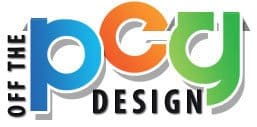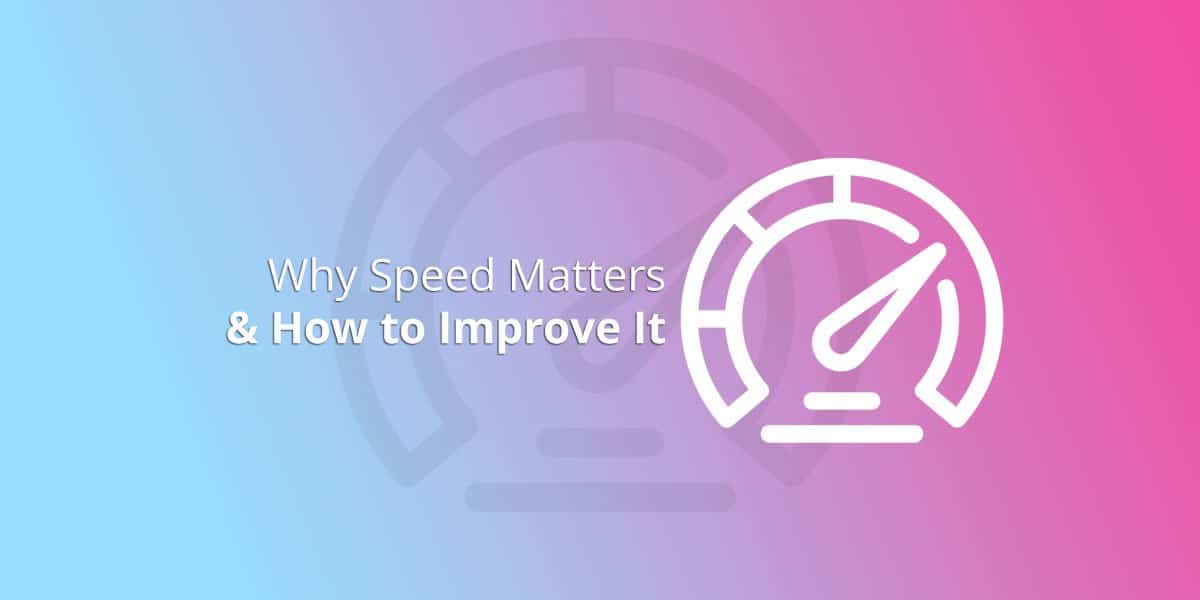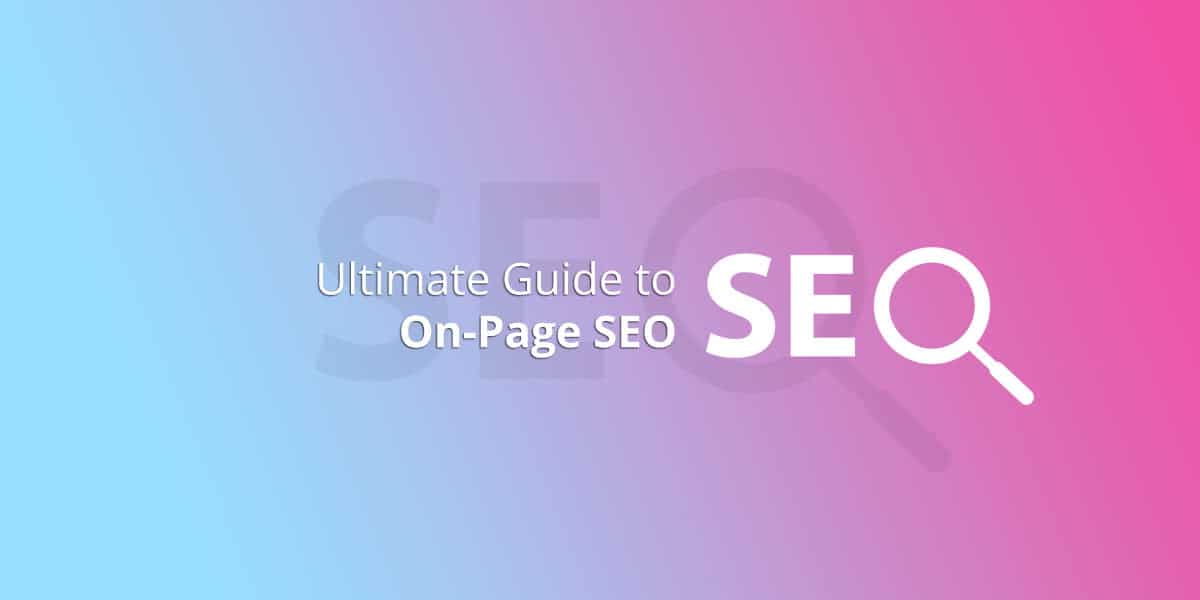 Landing pages are pivotal in the realm of digital marketing, acting as a streamlined platform designed to receive and convert traffic from various online campaigns. This article explores the essential role and mechanics of landing pages, providing insight into why they should be an integral part of your marketing strategy.
Landing pages are pivotal in the realm of digital marketing, acting as a streamlined platform designed to receive and convert traffic from various online campaigns. This article explores the essential role and mechanics of landing pages, providing insight into why they should be an integral part of your marketing strategy.
What Are Landing Pages?
A landing page is a dedicated web page that a visitor lands on after clicking an ad, a link in an email, or a similar place on the web. Unlike general websites, which typically have various goals and encourage exploration, landing pages are designed with a single focus or goal, known as a call to action (CTA). This simplicity helps to guide the visitor toward the intended conversion action without distractions.
The Mechanics of Landing Pages
Landing pages operate within the larger structure of a marketing campaign by serving as the endpoint of the promotional paths. When users click on tailored content from emails, social media, or online ads, they’re directed to a landing page that reinforces what they saw in the original ad and prompts them further towards making a decision—whether it’s making a purchase, signing up for a newsletter, or another specific action.
Types of Landing Pages
There are several types of landing pages, each suited to different stages of the marketing funnel:
- Lead Generation Landing Pages: Designed to gather user data, such as email addresses.
- Click-through Landing Pages: Often used for e-commerce and encourage visitors to click through to another page.
- Squeeze Pages: Primarily focused on capturing a visitor’s information via a form.
- Sales Landing Pages: Directly sell a product or service and include detailed information and persuasive selling points.
Key Components of an Effective Landing Page
The effectiveness of a landing page is largely determined by its components:
- Headline and Subheadings: Should clearly state the unique selling proposition (USP) of the offer.
- Images and Videos: Visual elements should be relevant and add value, helping to reinforce the message.
- The Offer and Its Value Proposition: The core of what you’re providing must be compelling and clearly articulated.
- The Form and CTA: These should be easy to navigate and entice users to take action, with minimal friction.
Designing Landing Pages for High Conversion
Design plays a crucial role in the conversion rates of landing pages. An effective design will use a layout that guides the visitor’s eye towards the CTA, using color and visual elements strategically to create emotional appeal and encourage action.
 Using Landing Pages for A/B Testing
Using Landing Pages for A/B Testing
A/B testing on landing pages allows marketers to pinpoint the most effective elements of their page. By testing variations in copy, design, and layouts, marketers can see which version drives the best results and make data-driven decisions.
SEO and Landing Pages
While landing pages are often geared towards conversion from ads, incorporating SEO best practices can drive organic traffic as well. This includes optimizing content, metadata, and URLs, ensuring that the landing page is discoverable by search engines.
Integrating Landing Pages with Your Marketing Strategy
Landing pages should not stand alone but be integrated with your overall marketing efforts. This includes alignment with email campaigns, social media posts, and other advertising efforts, ensuring a cohesive and consistent message across all platforms.
Analyzing Landing Page Performance
To measure the success of a landing page, important metrics to consider include conversion rates, bounce rates, and the average time on page. Tools like Google Analytics can provide these insights, helping marketers to tweak and optimize their pages.
Common Mistakes to Avoid
Effective landing pages are often straightforward and user-friendly. Common pitfalls include cluttering a page with too much information, failing to optimize for mobile users, or creating a CTA that does not resonate with the target audience.
FAQs
- What is the main difference between a landing page and a homepage?
- A homepage serves as the central hub of a website with multiple purposes and links, while a landing page is designed with a single focus to guide visitors towards a specific action.
- How often should I update my landing page?
- Update your landing page whenever there are changes in your marketing campaign or to improve conversion based on A/B testing results.
- Can I create a landing page without any coding skills?
- Yes, there are many tools available that provide drag-and-drop interfaces for building landing pages without any coding.
- How do I know if my landing page is successful?
- Success can be measured by the conversion rate—the percentage of visitors who complete the desired action on the page.


 Using Landing Pages for A/B Testing
Using Landing Pages for A/B Testing



